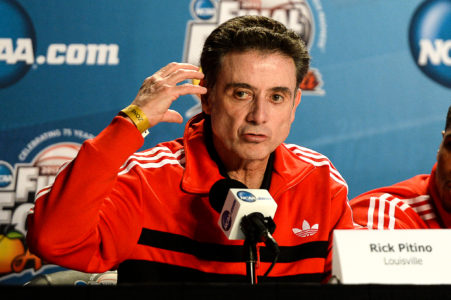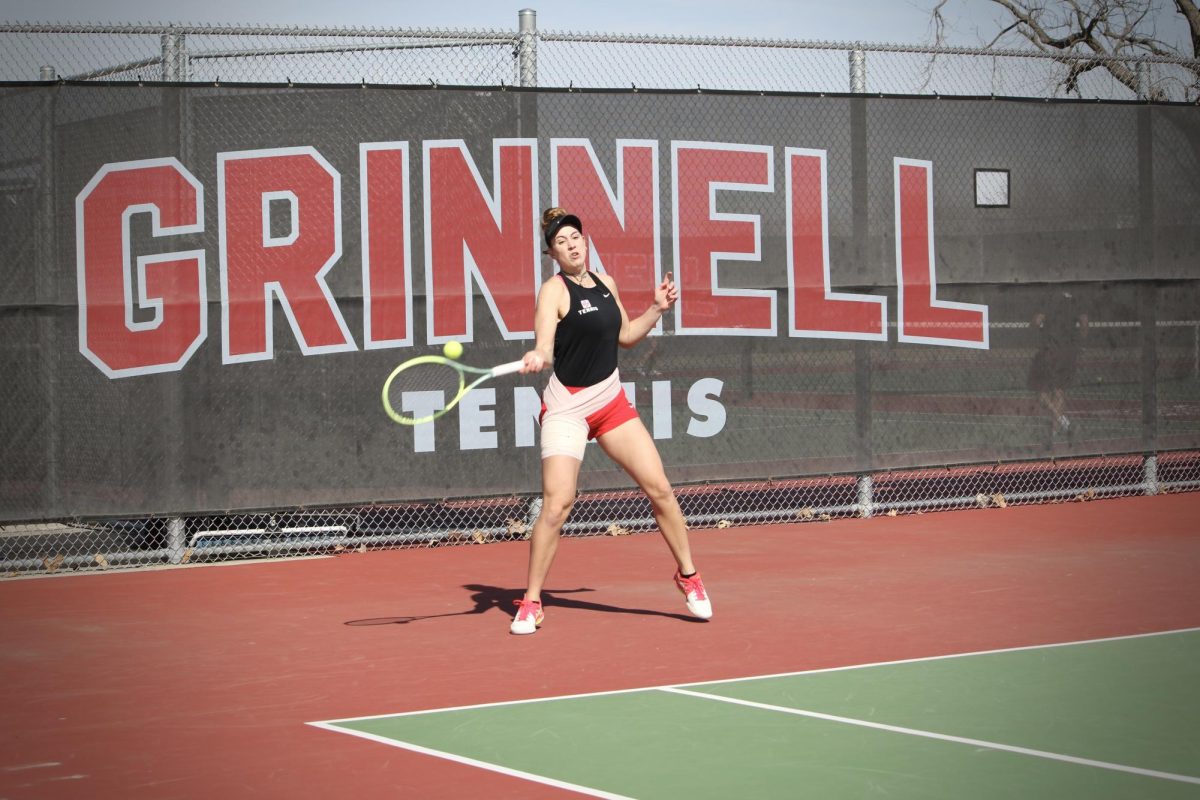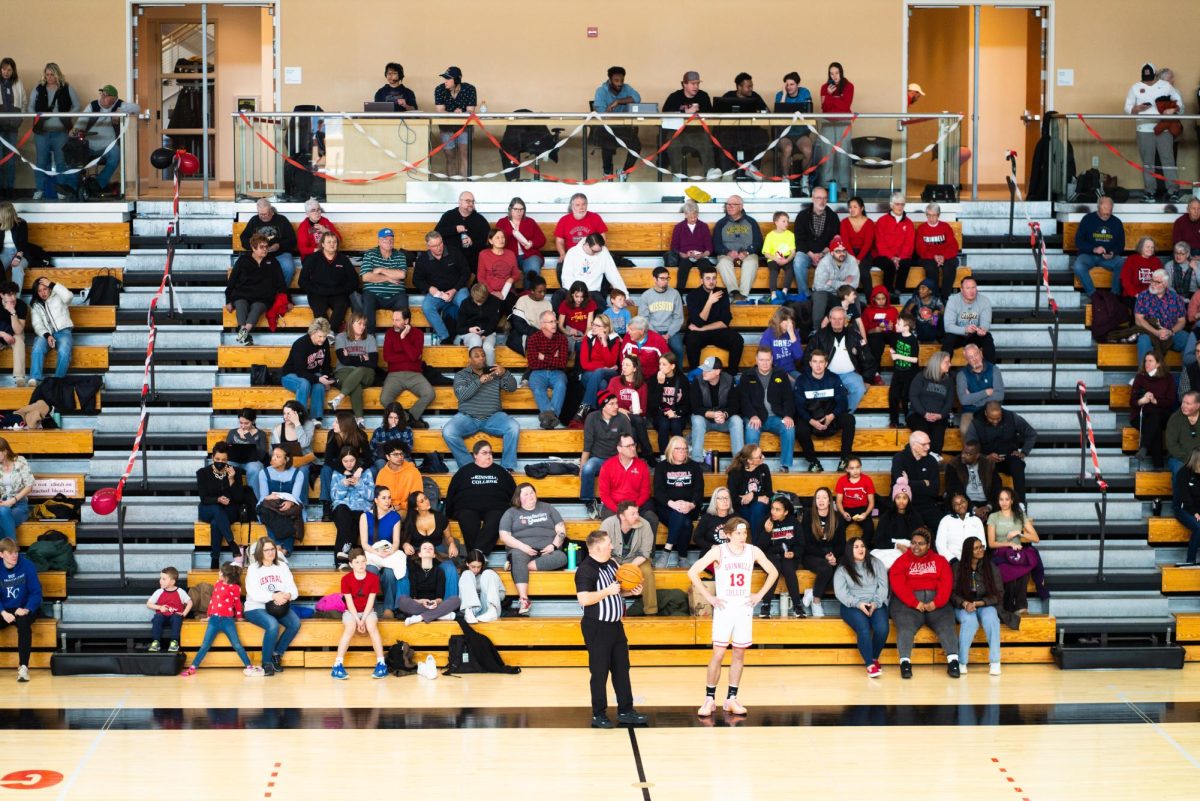
On Sept. 26, the FBI announced the arrests of ten individuals connected to the NCAA on charges of fraud, bribery and money laundering.
Included among the defendants were assistant basketball coaches at major Division I powerhouses like USC, Oklahoma State and Arizona, as well as a high-ranking Adidas executive. Those arrested were accused of funneling money to basketball recruits in an attempt to steer them towards various affiliated institutions and enterprises, with the long-term ambition of boosting the parent company’s financial bottom line by attaching themselves to up-and-coming star athletes.
Contrary to popular belief, corruption within the ranks of collegiate sports is nothing new, and the troubling paradox of amateurism and capitalism has long been a hotly contested topic among fans, media and most notably, players themselves. Further complicating this issue is the business relationship that many large apparel brands have with educational institutions, in which they agree to provide discounted apparel and other perks in exchange for the right to be the exclusive provider of all sports merchandise and thus, the exclusive rights to profit off of the university’s name and image.
For its part, Grinnell College has avoided signing apparel deals with any single company, which, according to Athletic Director Andy Hamilton, is a decision spurred both by practicality as well as a weariness of the ethical questions that plague larger, nationally-recognized brands.
“We have been approached by a couple of sportswear distributors about becoming an exclusive/sponsored program,” Hamilton wrote in an email to The S&B. “While there are some small financial incentives in the form of discounts and coaching apparel, we have stayed with the concept that certain brands and makes are better for certain sports, therefore, we have not ‘signed on’ with a sponsor.”
Furthermore, a quick glance at Grinnell College’s “Apparel Policy” reveals the school’s position that “when it is determined that significant ‘social injury’ is being caused by an ‘apparel company,’ the College will take this into account in making its apparel purchasing and licensing decision.”
Though much of the outrage stemming from this national scandal relates to the impropriety of authority figures like coaches and large corporations like Adidas, the lost narrative in a sea of wild accusations is also, in some ways, the most important one: whether or not college athletes should be paid.
While college sports have long operated as a massively popular touchstone of American culture, the financial viability of star players, and whether such players should be able to profit off of their own image, came to a head with the Fab Five Basketball scandal of the 1990s.
In the scandal, it was alleged that a handful of players on the University of Michigan’s men’s basketball team, including eventual NBA number one draft pick Chris Webber, took cash payments from booster Ed Martin during their time in college. At that time, however, the Michigan team and its five star freshmen players, dubbed the “Fab Five,” were largely responsible for a series of massive cultural changes going on in the college basketball landscape relating to apparel. They made it even more financially lucrative for companies and brands to make associations with the college sports game. The irony that the only people not making money off of the players’ images were the players themselves wasn’t lost on the American sports public, and so began the on-going debate as to the earning rights of college athletes.
For those who make the case that Division I athletes shouldn’t be paid, it comes down to the fact that the full-ride scholarships that many Division I athletes receive are perceived as the equivalent of “money under the table,” and serve as a way to level the playing the field and pay back the athletes. This argument, however, doesn’t take into account the kind of education that many athletes are getting, as exemplified by a recent scandal involving the University of North Carolina men’s basketball team, in which players were alleged to have been enrolled in fake classes, receiving massively inflated grades in order to maintain their eligibility to play.
Clearly, for many big-time college institutions, the pressure to play and perform supersedes any sense of academic responsibility, and compromising the academic integrity of their players is seen as well worth the financial rewards that they may bring. The players themselves, though, are the ones truly being cheated.
While a small percentage of college athletes do turn professional and immediately cash in on large paydays, for the vast majority of Division I athletes, after four years of giving every ounce of themselves for the success of their team (and indirectly the financial earning power of their institutions), they graduate and move on into new careers. And, aside from the social and cultural capital gained from participation in college sports, many of these athletes are not adequately positioned for success outside athletics.
Furthermore, because the recruitment of college athletes starts so early, prospective student-athletes and their families are entering into toxic relationships with self-motivated agents, boosters and coaches, who prey on the often precarious financial situations of many up-and-coming athletes.
As such, the conversation shouldn’t be whether college athletes should be paid, but rather how much they should be paid. Unfortunately, this is a discussion that is complicated by both the disparity between large, Division I institutions and small institutions like Grinnell, as well as a gender pay gap that is inherently linked to the various oppressive patriarchal structures in American sports culture.
If the NCAA scandal can tell us anything, it is that the environment surrounding major college sports is plagued by corruption, dominated by inequality and threatened by an inability of the greater public to understand the systematic financial discrimination that college athletes, specifically women, face.
We must remove the stigma from “shady” coaches and “selfish” players and instead recognize that they are both byproducts of a larger system which praises their greed and exploits their circumstance — maybe that’s the real scandal in all of this.


































































